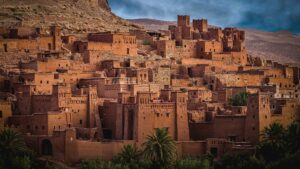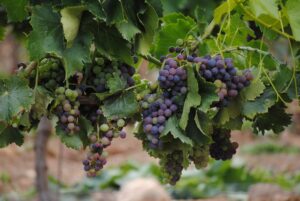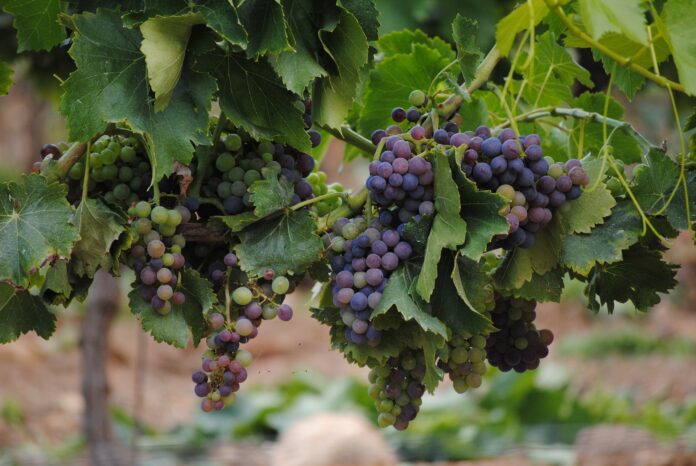Africa has long been celebrated for its diverse landscapes, vibrant cultures, and rich history. However, when it comes to wine production, South Africa has traditionally overshadowed the rest of the continent. Yet, in recent years, a remarkable transformation has been unfolding across Africa as new wine regions emerge, challenging the status quo and captivating the palates of wine enthusiasts worldwide.
From the fertile terrains of Morocco to the high-altitude vineyards of Ethiopia, African wine regions are carving out a niche for themselves in the global wine market. These emerging wine regions are not only producing exceptional wines but also fostering sustainable viticulture practices and contributing to the continent’s economic development.
Morocco: A Mediterranean Gem

In the northernmost corner of Africa, Morocco is experiencing a viticultural renaissance. The fertile soils of the Meknes and Beni-Mellal regions have become home to a burgeoning wine industry. With a Mediterranean climate akin to that of southern Europe, Morocco produces a range of wines, including crisp whites and full-bodied reds. The traditional varietals grown there include Carignan (which once dominated), Cinsaut, Alicante, and Grenache, but indigenous grape varieties such as Faranah and Amazigh also contribute to the country’s unique wine profile.
Tunisia: A Heritage of Winemaking
Tunisia, with its rich history of winemaking dating back to ancient times, is another player in Africa’s wine renaissance. The agronomist Mago that lived in the city of Carthage, wrote a treaty about agronomy and viticulture, and the techniques described there are still used to this day. Despite the arrival of Muslim power in the 7th century AD, viticulture and wine production never quite disappeared from Tunisia.
Following the French conquest of Tunisia in 1881, the country witnessed the introduction of large-scale wine production, mirroring developments in other North African nations. After Tunisia gained its independence in 1956, wine production persisted, but a dearth of expertise resulted in a gradual reduction in vineyard acreage.
The late 1990s, provided a significant turning point in Tunisia’s wine industry with the infusion of foreign investments from various European countries, beginning a slow but steady resurgence in production.
The northern region of Cap Bon is the heart of Tunisia’s wine country. Here, vineyards benefit from a mild Mediterranean climate and diverse terroirs. Local grape varieties like Muscat of Alexandria and Carignan thrive, resulting in aromatic whites and robust reds.
Ethiopia: Altitude and Ambition

In the East African highlands, Ethiopia is defying expectations with its burgeoning wine industry. The Rift Valley’s high-altitude vineyards, some rising above 2,000 meters, provide unique growing conditions that have been in use since at least the first century AD.
Historian Richard Pankhurst unearthed compelling evidence of the early existence of Axumite wine, with references elegantly inscribed on one of the stelae commissioned by the 4th-century ruler, Ezana. Moreover, further testament to Aksumite viticulture is etched into the base of the magnificent 3rd-century obelisk at Axum, speaking to the enduring tradition of wine production in this ancient land.
The grape varieties, including Cabernet Sauvignon and Syrah, thrive in these terrains, producing wines known for their complexity and high acidity. Ethiopia’s wine producers are committed to sustainable and organic farming practices, making this region a promising future player in the global wine market.
Nigeria: Small, but growing
While Nigeria is often associated with its love for beer and spirits, the country is gradually making a name for itself in the wine world. Nigeria’s wine consumption is on the rise, driven by a growing middle class and a burgeoning interest in wine culture. Although production levels are still relatively modest, Nigerian wine producers are working to establish a reputation for quality. Innovative winemakers are experimenting with grape varieties and winemaking techniques, and their efforts are paying off.
Kenya: The Rise of Rift Valley Wines

Kenya, known for its picturesque landscapes and wildlife, is becoming an unexpected player in Africa’s wine scene. The Rift Valley region, particularly around Naivasha and Nakuru, is experiencing a wine renaissance. The high-altitude vineyards, surrounded by stunning scenery, are producing Sauvignon Blanc, Chardonnay, and even sparkling wines that are gaining recognition for their quality and distinctive character.
Africa’s Wine Journey
Africa’s wine regions beyond South Africa are diversifying the global wine landscape. With their unique terroirs, indigenous grape varieties, and a commitment to sustainable viticulture, these emerging regions are making a mark in the wine world. As they continue to refine their techniques and build their reputations, we can look forward to a future where African wines play an increasingly prominent role on wine lists worldwide. So, raise a glass to Africa’s wine renaissance, where tradition meets innovation in every sip.


